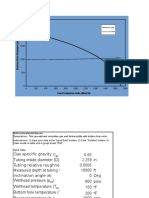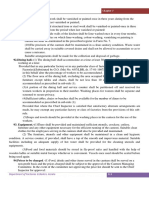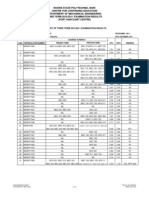0% found this document useful (0 votes)
22 views4 pagesSQL Interview Questions
The document provides essential SQL interview questions and answers for data analyst candidates. It covers basic SQL knowledge, data retrieval, filtering, joins, and aggregate functions. Key topics include the use of SELECT statements, WHERE and HAVING clauses, and various types of SQL joins.
Uploaded by
aditijain.04321Copyright
© © All Rights Reserved
We take content rights seriously. If you suspect this is your content, claim it here.
Available Formats
Download as PDF, TXT or read online on Scribd
0% found this document useful (0 votes)
22 views4 pagesSQL Interview Questions
The document provides essential SQL interview questions and answers for data analyst candidates. It covers basic SQL knowledge, data retrieval, filtering, joins, and aggregate functions. Key topics include the use of SELECT statements, WHERE and HAVING clauses, and various types of SQL joins.
Uploaded by
aditijain.04321Copyright
© © All Rights Reserved
We take content rights seriously. If you suspect this is your content, claim it here.
Available Formats
Download as PDF, TXT or read online on Scribd
/ 4





















































































